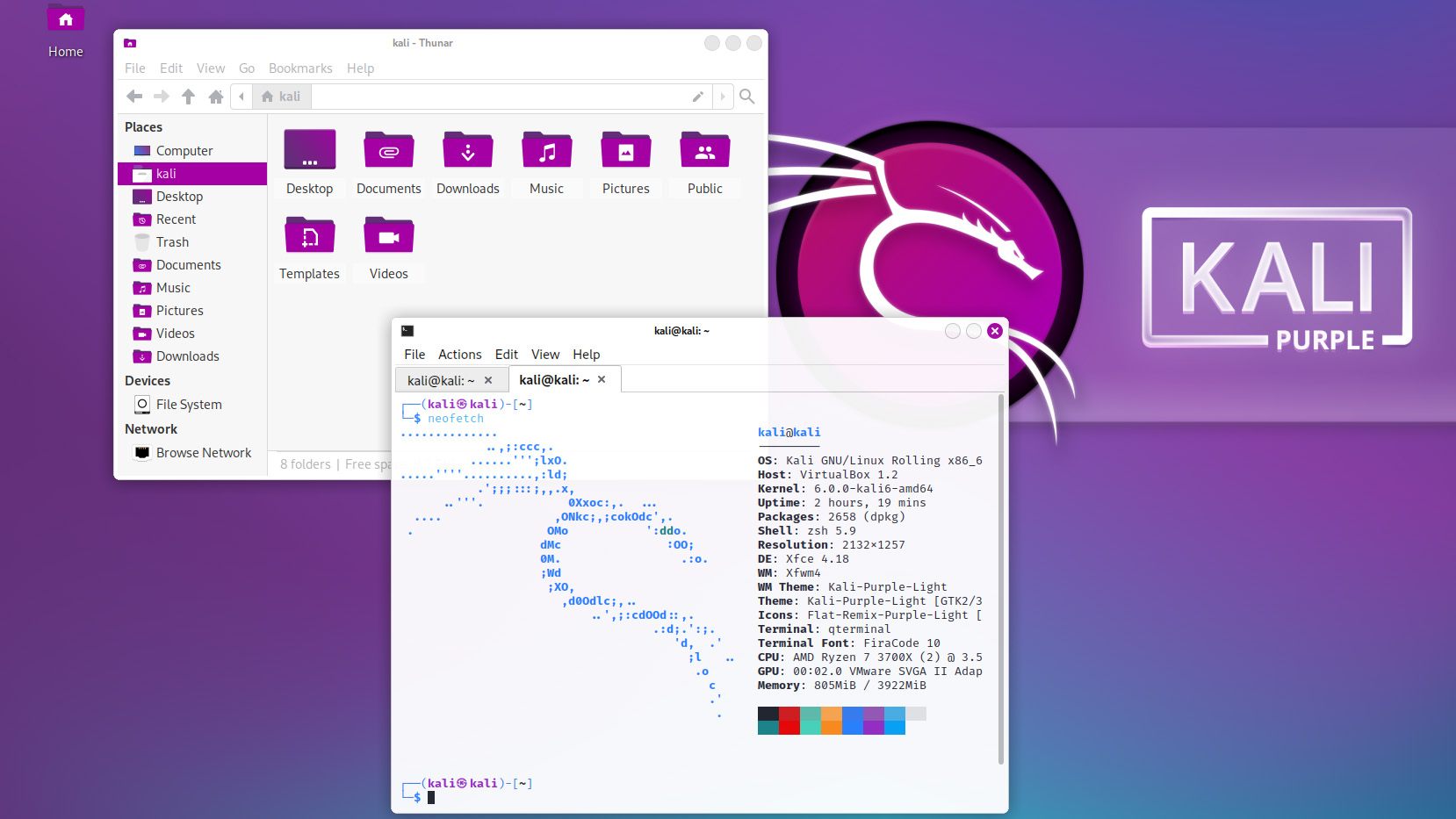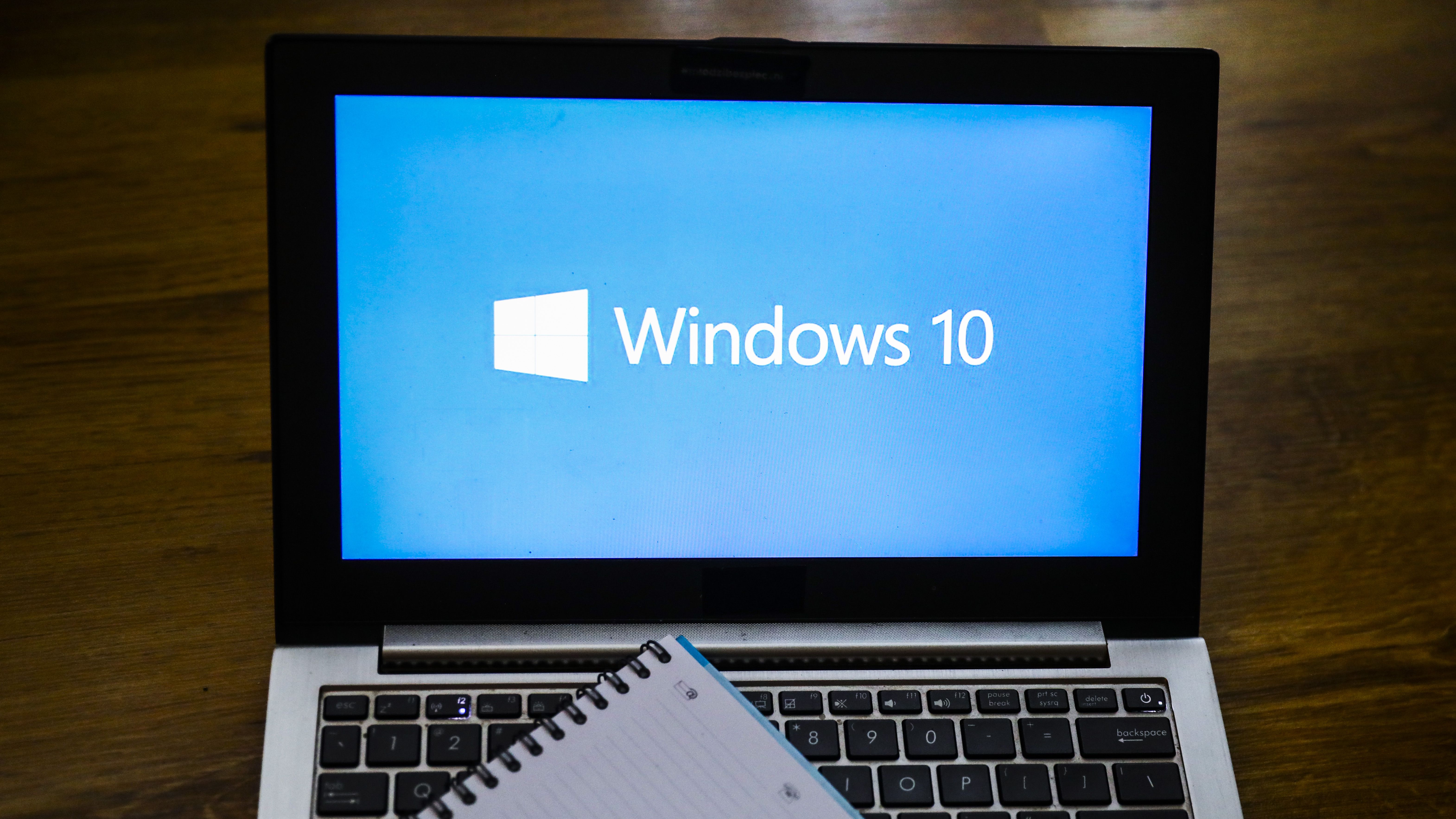Sign In with Apple launched at WWDC 2019
Privacy-focused option allows users to bypass social media logins


Apple has introduced a new sign in feature for mobile that will give users the ability to maintain their privacy when using iOS apps.
Dubbed Sign In with Apple, the new feature in iOS 13 takes direct aim at the ubiquitous Facebook and Google login options. Speaking during the opening keynote of Apple's annual WWDC conference, Apple's head of software engineering, Craig Federighi, described these as "convenient", but added that they "can come at the cost of your privacy".
"Your personal information sometimes gets shared behind the scenes and these logins can be used to track you," he said.
Sign In with Apple, by contrast, allows people to log into apps by pressing a dedicated button and authenticating via Face ID, meaning users don't hand over any more information than Apple already holds on them.
For apps that require name email credentials to log in rather than a Facebook or Google button, Sign In with Apple can auto-generate a random "relay" email address that hides the user's real email address should they wish.
The service also allows two factor authentication (2FA), providing an additional layer of security.
The company, which has always prided itself on the high-levels of privacy it offers, will require app developers to build Sign In with Apple into their apps. It won't be compulsory for users, however, with Facebook, Google and email sign in options still being permitted to run alongside.
Sign up today and you will receive a free copy of our Future Focus 2025 report - the leading guidance on AI, cybersecurity and other IT challenges as per 700+ senior executives
Sign In with Apple will be available as part of iOS 13 (but not, it seems, the new iPadOS), which is open as a developer beta now with a public beta coming in July. The full finished OS is scheduled to arrive sometime this autumn.

Jane McCallion is Managing Editor of ITPro and ChannelPro, specializing in data centers, enterprise IT infrastructure, and cybersecurity. Before becoming Managing Editor, she held the role of Deputy Editor and, prior to that, Features Editor, managing a pool of freelance and internal writers, while continuing to specialize in enterprise IT infrastructure, and business strategy.
Prior to joining ITPro, Jane was a freelance business journalist writing as both Jane McCallion and Jane Bordenave for titles such as European CEO, World Finance, and Business Excellence Magazine.
-
 IBM AIX users urged to patch immediately as researchers sound alarm on critical flaws
IBM AIX users urged to patch immediately as researchers sound alarm on critical flawsNews Network administrators should patch the four IBM AIX flaws as soon as possible
-
 A journey to cyber resilience
A journey to cyber resiliencewhitepaper DORA: Ushering in a new era of cyber security
-
 A new framework for third-party risk in the European Union
A new framework for third-party risk in the European Unionwhitepaper Report: DORA and cyber risk
-
 Kali Linux releases first-ever defensive distro with score of new tools
Kali Linux releases first-ever defensive distro with score of new toolsNews Kali Purple marks the next step for the red-teaming platform on the project's tenth anniversary
-
 Microsoft releases scripts to restore shortcuts deleted in faulty Windows Defender update
Microsoft releases scripts to restore shortcuts deleted in faulty Windows Defender updateNews However, some users have resorted to creating their own fixes as they’ve encountered Microsoft’s to be problematic
-
 Windows Defender update deletes Start Menu, Taskbar, Desktop shortcuts
Windows Defender update deletes Start Menu, Taskbar, Desktop shortcutsNews For now, it appears that administrators will have to manually recreate their shortcuts once the issue has been fixed
-
 IBM LinuxONE for dummies
IBM LinuxONE for dummiesWhitepaper Secure your data, build an open hybrid cloud environment, and realise the cost benefits of consolidation
-
 Windows 10 users encounter ‘blue screen of death’ after latest Patch Tuesday update
Windows 10 users encounter ‘blue screen of death’ after latest Patch Tuesday updateNews Microsoft said it is working on a fix for the issue and has offered users a temporary workaround

